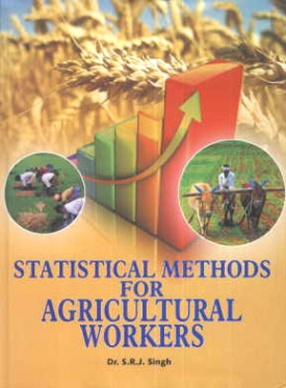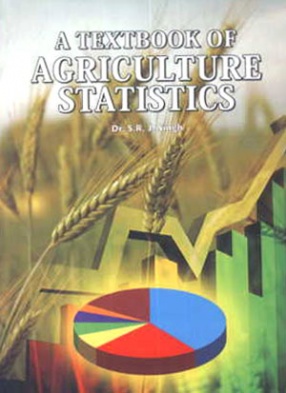India’s population is growing faster than its ability to produce rice and wheat. The low productivity in India is a result of several factors. According to the World Bank, India’s large agricultural subsidies are hampering productivity-enhancing investment. While over-regulation of agriculture has increased costs, price risks and uncertainty, governmental intervention in labour, land, and credit markets are hurting the market. Infrastructure and services are inadequate. Further, the average size of landholdings is very small with 70% of holdings being less than one hectare in size. The partial failure of land reforms in many states, exacerbated by poorly maintained or non-existent land records, has resulted in sharecropping with cultivators lacking ownership rights, and consequently low productivity of labour. Adoption of modern agricultural practices and use of technology is inadequate, hampered by ignorance of such practices, high costs, illiteracy, slow progress in implementing land reforms, inadequate or inefficient finance and marketing services for farm produce and impracticality in the case of small landholdings. The allocation of water is inefficient, unsustainable and inequitable.
The book will be of immense help and interest to the not only students of agricultural but also to those focusing on economic problems of Indian agriculture. It will serve as a useful guide, handy reference and a rich source of information to the researchers, policy and decision makers, administrators planners, executives of banks and financial institutions and educated farmers.






There are no reviews yet.